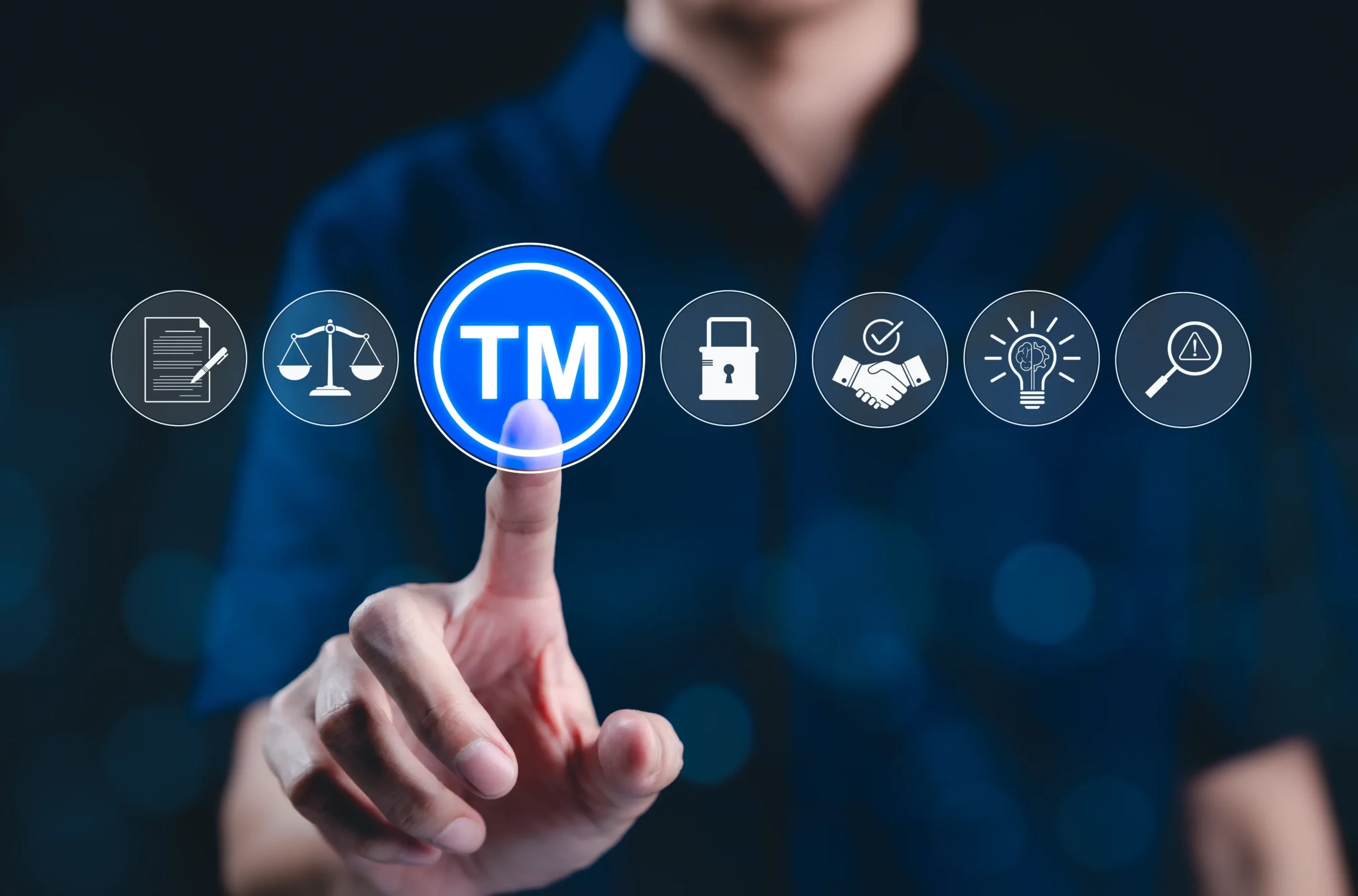
Has someone copied your logo or website layout?
Have you discovered a clone site that mimics your brand to mislead users or divert your traffic?
Are you concerned that your original design or content has been used without permission—but you’re not looking to go to court just yet?
These situations are becoming increasingly common in the digital world. The good news is, there are effective steps we can take to help you assert your rights and remove infringing content without a costly legal battle.
In this article, Fidustria will help you learn :
-
What qualifies as protected intellectual property
-
When and how you can take action
-
The exact steps to request content removal from platforms like Google
-
Important caveats to be aware of before filing a complaint
Ready? Let’s get started.
What Is Protected by Copyright?
Before taking action, it’s essential to understand what exactly is protected under copyright or intellectual property (IP) law. In most jurisdictions, copyright only protects original works that are fixed in a tangible form. That means the protection doesn’t extend to vague ideas or general styles, but to specific, identifiable content.
Common Examples of Protected Website Content:
-
Logos (if uniquely designed and original)
-
Website UI/UX design and visual structure
-
Textual content such as articles, product descriptions, terms of service
-
Graphics or images created specifically for your site
-
Audio files, jingles, or background music
-
Source code in certain cases, particularly if unique
To enforce rights or request takedown actions, these elements must be your original creations or you must own the rights to use them.
Note: Generic templates, standard layouts, or unbranded stock images typically do not qualify for copyright protection unless they’ve been substantially modified or combined in an original way.
What Is Not Protected?
-
Ideas, concepts, and functional layouts
-
Unregistered logos or designs without clear evidence of authorship
-
Designs generated by third parties, unless you hold a signed rights transfer or license
-
Public domain or widely used assets
Common Copyright Myths (and the Truth)
Myth 1: “Someone used my logo in a review—I can make them take it down.”
Truth: Most jurisdictions allow for fair use of logos in reviews, news, or comparative content. However, if the logo is misused in a misleading or commercial way, there may be grounds for removal under different legal principles, such as brand impersonation.
Myth 2: “If I find my site copied, Google will remove it instantly.”
Truth: You must submit a detailed, legally valid copyright complaint, with evidence showing your ownership. Vague claims or poorly completed forms will likely be rejected.
When You Can Take Action
Our team can assist you pursue removal or enforcement when the copied material is:
-
Substantially identical to your original creation
-
Hosted on websites that do not credit or reference your brand
-
Used in a way that causes brand confusion, reputational harm, or financial loss
-
Replicated on clone sites that redirect traffic, phish users, or undermine your business model
